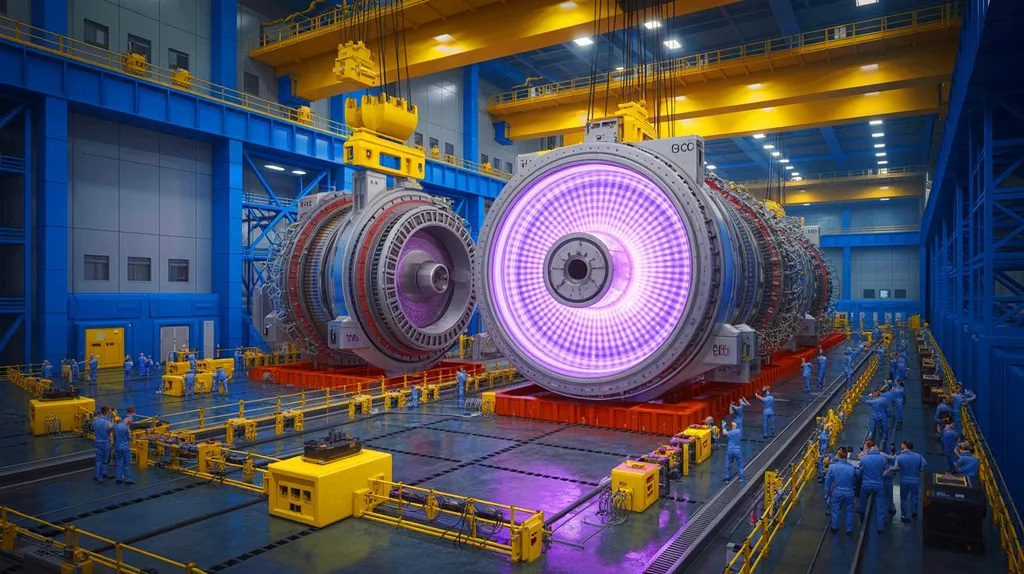In the quest for clean, limitless energy, nuclear fusion has long been the holy grail. Now, a comprehensive study led by Jieru An of the Nuclear and Radiation Safety Center in Beijing is shedding light on the burgeoning nuclear fusion industry, revealing trends that could reshape the energy landscape.
Published in *Southern Energy Construction*, the study delves into the technological advancements and industrial chains driving the nuclear fusion sector. An and her team analyzed multiple authoritative industry surveys to map the industry’s evolution, current state, and future trajectory. Their findings paint a picture of a sector brimming with potential, where technology, policy, and capital are converging to accelerate progress.
One of the most striking revelations is the growing influence of private enterprises in the nuclear fusion arena. “Private enterprises have gradually become an important force in the nuclear fusion industry,” An notes. This surge in private sector involvement is mirrored by a wave of investor confidence, with capital flowing into the sector at an unprecedented rate. Governments worldwide are also playing a pivotal role, with policies that are fueling the industry’s rapid development.
The study highlights the United States as a frontrunner in nuclear fusion technology, with American companies leading the charge across a broad spectrum of technological fields. The U.S. involvement spans 1.7 times more fields than the second-ranked United Kingdom, underscoring the country’s dominant position in the sector.
From a commercial perspective, the study reveals that nearly all nuclear fusion companies are targeting power generation as their primary market. However, industrial heat is also emerging as a significant derivative market, accounting for 28.6% of the choices in the survey. This diversification of applications could open new avenues for growth and investment in the energy sector.
Perhaps most intriguingly, the study underscores the symbiotic relationship between technology, policy, and capital. As An explains, “There is a mutually reinforcing supportive relationship between technology, policy, and capital.” This dynamic interplay is expected to drive further innovation and expansion in the nuclear fusion industry.
Looking ahead, the study predicts that technological innovation will continue to advance, capital will keep expanding, and global policies will remain supportive. These trends suggest that nuclear fusion could soon transition from a scientific pursuit to a commercial reality, with profound implications for the energy sector.
As the world grapples with the challenges of climate change and energy security, the insights from An’s study offer a glimmer of hope. The nuclear fusion industry is not just a scientific endeavor; it’s a burgeoning commercial sector poised to redefine our energy future. With each technological breakthrough, policy shift, and investment, we edge closer to a world powered by clean, limitless fusion energy.

